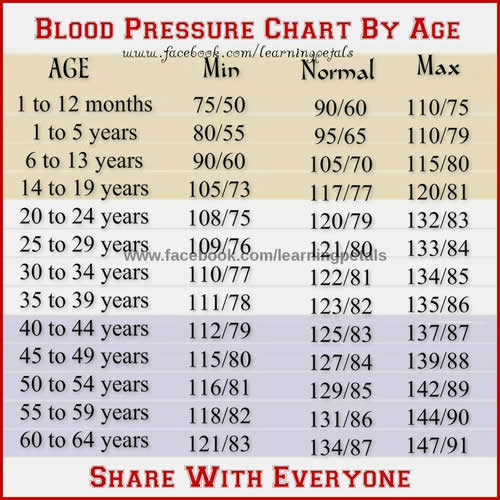
Then slowly deflate the cuff, approximately 1 mmHg/sec. Inflate the cuff to about 20 mmHg above the expected systolic blood pressure of the patient. Place the transducer of the handheld Doppler on the gel, and position the transducer to maximize the intensity of the signal.

Place the ultrasound gel in the antecubital fossa over the patient's brachial pulse. Place the blood pressure cuff on the arm, with the limb at the level of the heart. The patient should be in the supine position.It is recommended to begin with the right arm, then the right leg, then the left leg, and finally the left arm, as the blood pressure may drift during the exam, and the two arm pressures at the beginning and end of the exam provide for some quality control.

As with arm pressures, the most accurate pressure readings are obtained when the blood pressure cuff is appropriately sized to the patient's lower calf (immediately above the ankle).

Usually a standard blood pressure cuff can be used at the ankle. The systolic pressures are recorded with a handheld 5- or 10-mHz Doppler instrument. The ABI is performed by measuring the systolic blood pressure from both brachial arteries and from both the dorsalis pedis and posterior tibial arteries after the patient has been at rest in the supine position for 10 minutes.


 0 kommentar(er)
0 kommentar(er)
